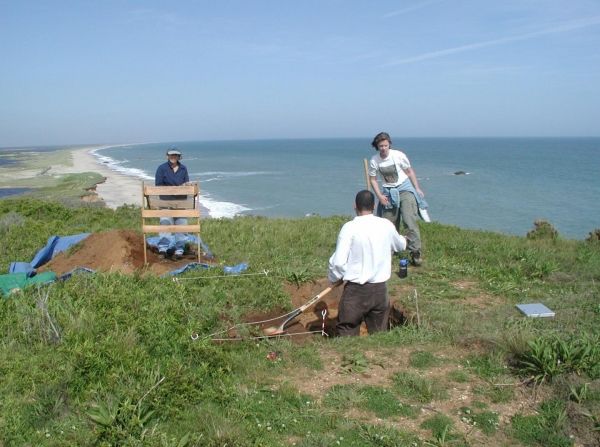A new study led by archaeologists, ecologists, and paleoclimatologists at Harvard and elsewhere overturns long-held beliefs about the role humans played in shaping the American landscape before and after European colonization. The findings offer insights and lessons in managing biodiverse landscapes in the Northeast.
The study, published today in the journal Nature Sustainability, focuses on the coast from Long Island to Cape Cod and the nearby islands of Nantucket, Martha’s Vineyard, Block Island, and Naushon — areas that historically supported the densest populations of native peoples in New England and today are home to the highest concentrations of rare habitats in the region, including sandplain grasslands, heathlands, and pitch pine and scrub oak forests.
“For decades, there’s been a growing popularization of the interpretation that for millennia, native people actively managed landscapes — clearing and burning forests, for example — to support horticulture, improve habitat for important plant and animal resources, and procure wood resources,” said study co-author David Foster, director of the Harvard Forest at Harvard University. These practices were credited with the creation of open-land habitats and enhanced regional biodiversity.
But, Foster said, the data reveal a new story. “Our data show a landscape that was dominated by intact, old-growth forests that were shaped largely by regional climate for thousands of years before European arrival.”
Read more at Harvard University
Image: Archaeologists Dianna Doucette, Deena Duranleau, and Randy Jardin conducting investigations at the Lucy Vincent Beach Site, Martha's Vineyard. The long-held belief that native people used fire to create a diverse landscape of woodlands, grasslands, heathlands, and shrublands in New England has led to a widespread use of prescribed fire as a conservation tool. Research by Oswald and colleagues indicates that these openlands actually arose following European contact, deforestation, and agricultural expansion. (Credit: Elizabeth Chilton, Binghamton University)


